Drink-driving awareness comes to the fore around Christmas and New Year, but while the overall number of deaths from drink-driving is decreasing, the proportion of motorists getting caught for being over the limit the morning after a festive party is on the rise.
Department for Transport (DfT) statistics show that ‘morning after’ offences accounted for 13.82% of all drink-driving offences 10 years ago, but that figure has now exceeded 20%.
The figures suggest that some of the basic warnings concerning drink-driving aren’t always being heeded. “People think that going to bed is the same as pressing a reset button,” explains Hunter Abbott, managing director of Alcosense, a manufacturer of breathalysers.
Research from the Think! anti-drink-driving campaign supports this. It reports that around 5500 people are failing breath tests between 6am and midday every year.
The new figures show that 58% of people who have four or more drinks on a night out sometimes drive the following morning, but that only one third of people are aware they could still be over the limit.
One of the challenges facing motorists is the fact that alcohol affects different people in different ways.
“A number of factors can dictate the effect of alcohol and the speed at which your body can absorb it, including your weight, gender, the type of alcoholic drink you’ve consumed and whether you’ve eaten beforehand,” says Abbott. “If you drink on an empty stomach, your body treats alcohol just like water and draws it straight into the bloodstream.”
As a general rule, one unit of alcohol can be broken down by a healthy person’s liver each hour, but this is highly dependent on physical make-up and metabolism. Additionally, the level of alcohol in the bloodstream can continue to increase for up to 90 minutes after the last drink, a factor that can leave some drivers assuming they feel capable of driving when they are in fact over the limit.
England’s drink-drive limit is 35 microgrammes of alcohol per 100 millilitres of breath. In December 2014, Scotland’s limit was lowered to 22 microgrammes.
Data from local and regional police forces suggests that the number of prosecutions from drink-driving offences committed in Scotland has fallen by 12.5% in the year since the new limit was introduced. In the rest of the UK, which adheres to the higher limit, prosecutions have fallen by 6.6%
The lower limit, it seems, is discouraging more Scots from drinking any alcohol before driving.
The higher limit adopted by the rest of the UK leaves more of a grey area, where many drivers assume they can have a couple of drinks and still remain within the legal limit. This isn’t always the case and is a misconception that the latest Think! drink-driving awareness campaign sets out to put right.
The UK’s legal limit is generous by the standards of most European nations. Abbott supports a lower limit being introduced in the rest of the UK. “We definitely need to look at lowering the limit," he says. "All the statistics point that way and it would be good for everybody.”
While a person driving at the Scottish legal limit is five times more likely to be involved in a fatal accident than a sober motorist, driving at the higher English limit increases that risk to 13 times more likely according to data sourced from the Pacific Institute of Research.
When a driver is pulled over by the police and asked to undergo a breath test, it is carried out with handheld preliminary breath test (PBT) equipment. The reading on the equipment is accurate to within 5%; a driver can’t be prosecuted using this kit.
If a driver provides a positive reading on the PBT equipment, he or she is taken to a police station and asked to provide an evidential breath test (EBT), which is accurate to within 3% and can be used as evidence in a prosecution.
The penalties for being convicted of drink-driving can be severe, and include a minimum 12-month driving ban, a criminal record, a hefty fine, a licence endorsement and even up to six months in prison. The Institute of Advanced Motorists has calculated that the average personal cost of a drink-driving conviction could be up to £50,000.
Autocar tests a new personal breathalyser
It’s a drizzly Thursday night, I’ve been out in London and drunk five pints of Amstel lager over the course of the same number of hours, with pint number one accompanied by a rather tasty burger and chips.
I’ve taken the train home to Basingstoke, so it’s about an hour and a half since my last beer, but it’s now the wrong side of midnight and I need to be up at 6.30am.
At home I’m testing the new Alcosense Pro, a digital personal-use breathalyser available for £129.99 from branches of Halfords and Boots’ online store, to check that I'm not likely to be over the limit when I wake up.
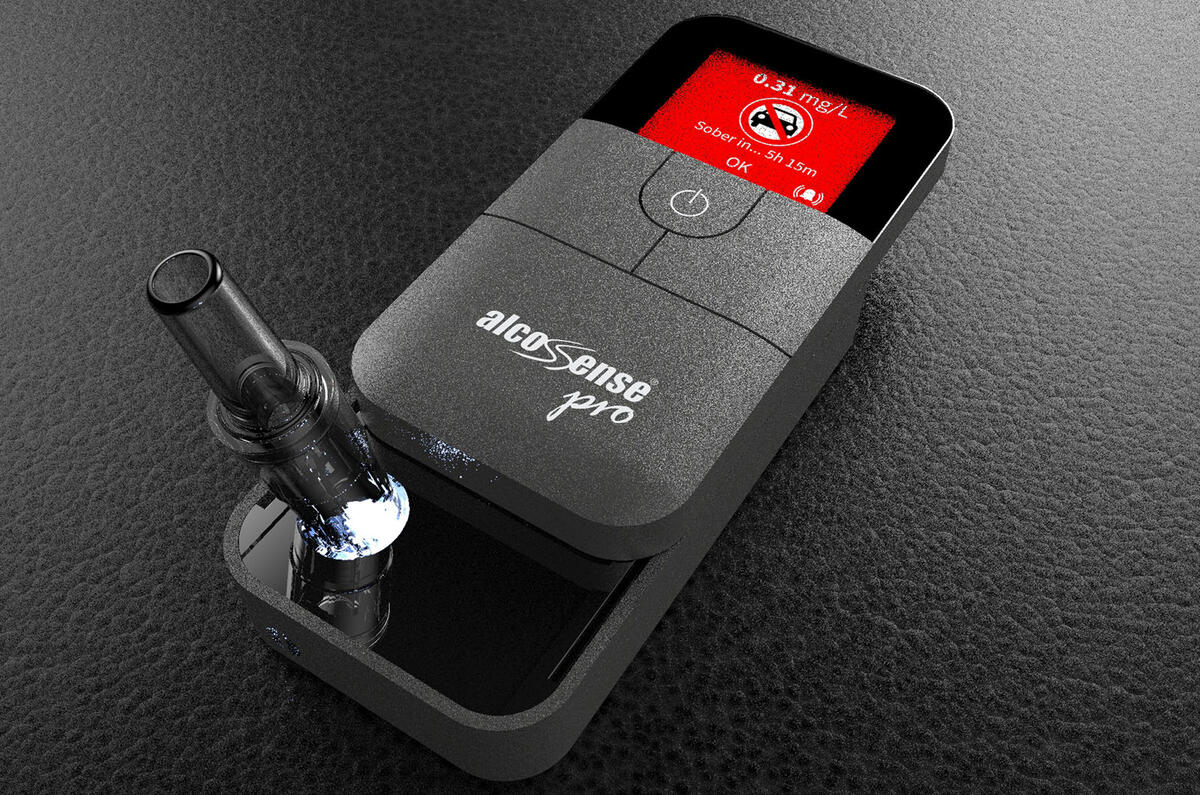
The electronic device is much more sophisticated than the single-use breathalysers that many motorists will have stowed in their car's glovebox during a trip to the continent.
Alcosense claims the Pro is “twice as accurate” as its best-selling Elite product, and can deliver a level of accuracy that is on a par with police-approved devices.
So here goes. Despite my earlier beer intake, setting up the device - which only has to be done at the first use - is easy: it’s just a matter of installing three AAA batteries and then running through some simple calibrations via the instructions on the screen.
It’s important to set up the correct date and time; this determines when the device’s calibration will need to be reset. The breath tester is calibrated for 12 months, after which it can be sent back to Alcosense for recalibration at a cost of £24.99.
The device is activated by sliding up the front panel, exposing the aperture into which a disposable one-way valve mouthpiece can be inserted. One-way valves are used because – astonishingly – some people suck when they are asked to blow into a breathalyser.
I don’t make that mistake, although there’s a bit of a technique involved in blowing correctly into the tube - it’s necessary to blow at a consistent force for a number of seconds – but the device makes this an intuitive process.
Two progress bars on the screen indicate if you’re blowing incorrectly, and offer advice if you’re doing it wrongly. I do so a couple of times, blowing too hard in the assumption that this will provide a better breath sample.
The 121sq mm sensor in the breathalyser works using fuel cell technology, an electrochemical process that oxidises the alcohol in a breath sample to produce an electrical current and determine the breath alcohol content.
It’s possible to overload the sensor by trying to take a test too soon after having an alcoholic drink - the advice is to wait at least 10 minutes before using the device – and the Pro goes into ‘safe’ mode if it senses an overload is imminent.
Once the breath levels have been satisfied – in terms of volume, the unit asks for one litre of breath – the Alcosense Pro takes a few moments to deliver its verdict.
The breath alcohol limit is shown together with a ‘traffic light’ coloured warning showing whether the tester is above, below or close to the legal limit. It also provides an estimated length of time to sobriety, and an alarm can be set to remind the user to retest when this time is up.
My reading is 0.13 microgrammes of alcohol per 100 millilitres of breath - well within the legal limit of 0.35mg/ml. I don’t feel drunk, but I wouldn’t have driven tonight regardless of whether I’d taken the test or not.
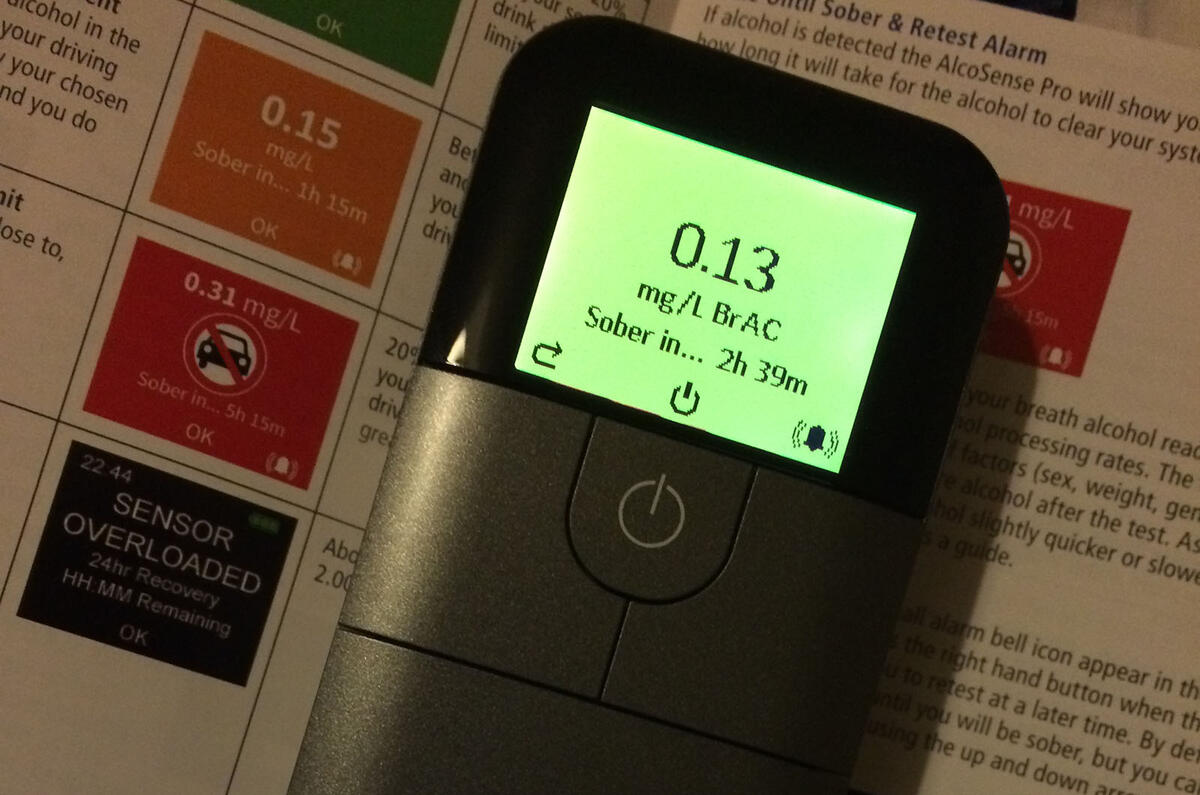
The device tells me I will be completely sober in 2hr 39m, which seems like quite a long time to eradicate such a small level of alcohol, but reinforces the message that a person might be under the influence even if they think they are not.
It isn’t only drivers on the road who have to be careful with their alcohol intake. Alcosense is involved with mandatory breath testing of competitors and officials in the Dunlop MSA British Touring Car Championship, in which Abbott races. Every racing driver is tested on each day of a race meeting to ensure they aren’t suffering the effects of alcohol.
Naturally, the run-up to Christmas is the busiest time for the company. “Our sales tend to track upwards with drink-driving campaigns in the media,” says Abbott.
Of course, it’s also the busiest time for the traffic police, who will be out in force across the country during the festive period.

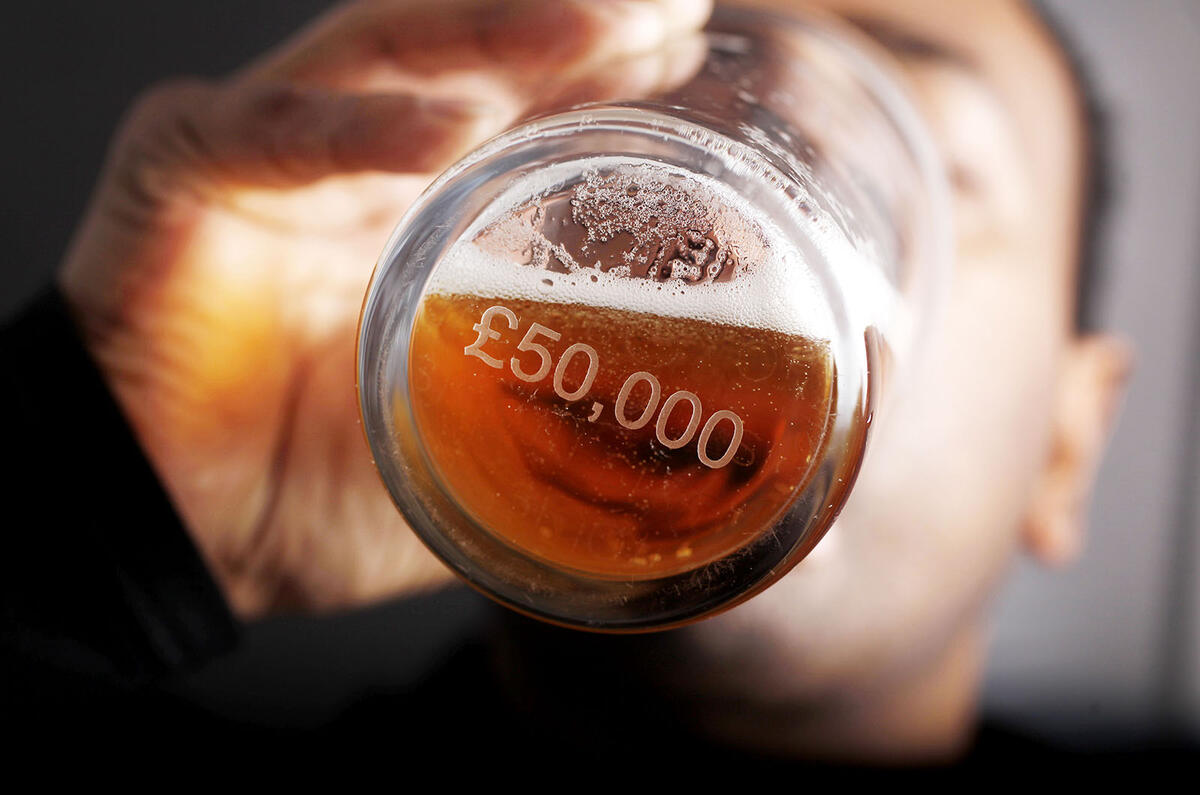
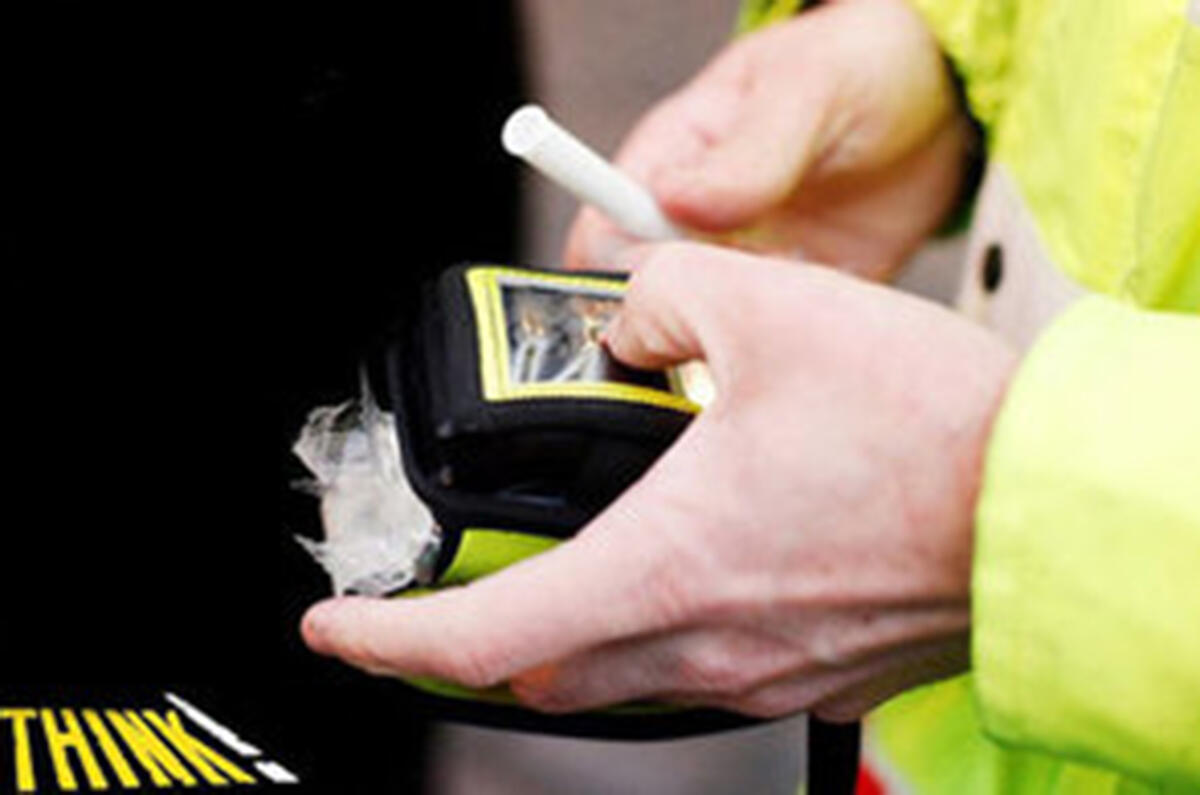
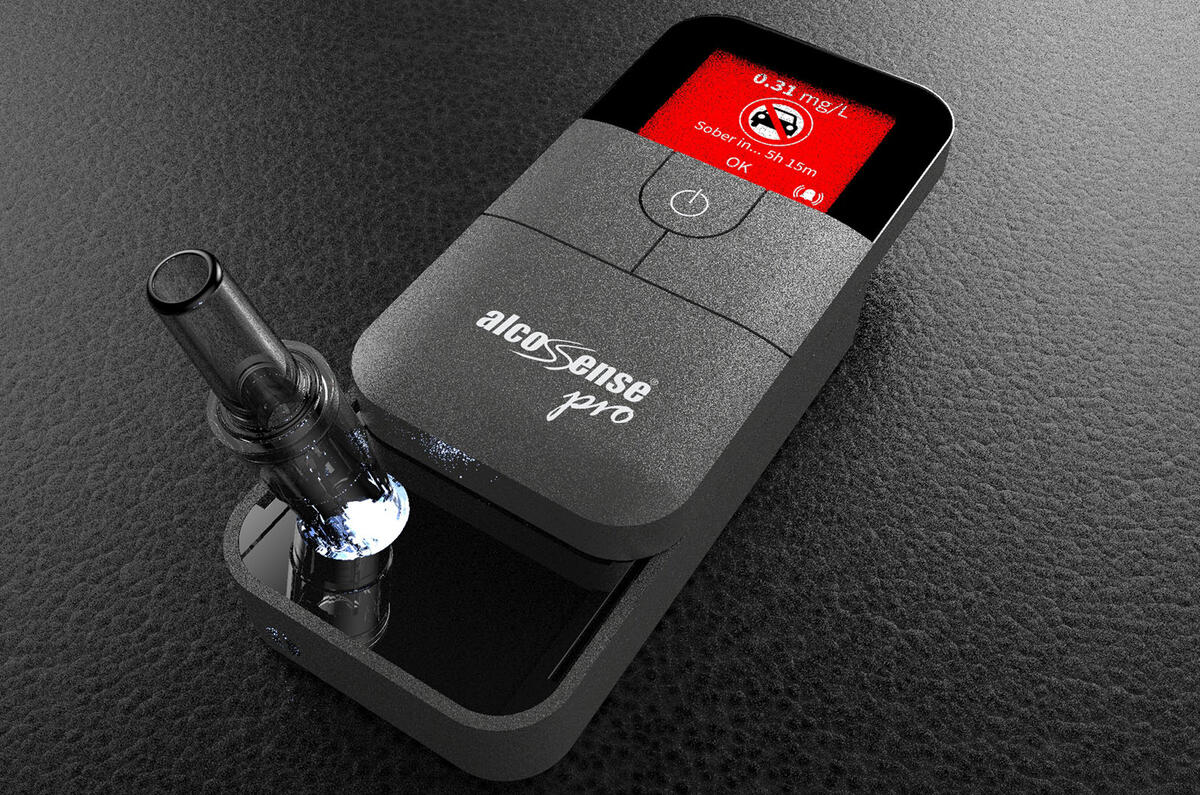

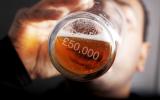
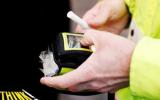
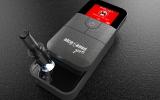
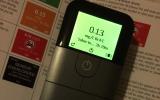


Join the debate
Add your comment
Merry Xmas ?
Would we not need to see statistics showing reduced accident rates related to lower drink driving limits first ? How many fewer accidents/Deaths have there been during this period in Scotland. ?
@ Scotty 5
I guess this proves the theory that big framed individuals can disperse alcohol quicker than small.
I agree that it would have been interesting to have utilised a Police check as well to ratify the results, but going back to my earlier point...also to include a small framed or female in the test as well to see how well they cope with alcohol in their blood.
289 wrote: but going back to
What earlier point is that then? This is your first post in this thread, using the 289 login at least. How many logins do you have?
Do the maths